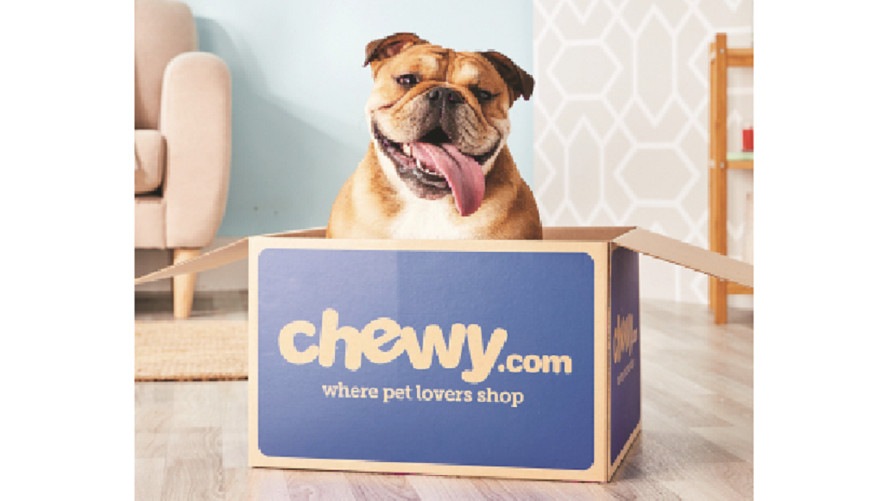As a newcomer to to San Francisco in 1995, Craig Newmark started an email chain to advertise events to local software and internet developers. Word of mouth quickly led to rapid growth, with more people subscribing to the chain. Newmark was surprised when people started this as a platform for hiring and job placement. Members started asking for a website version, so Newmark registered “Craigslist” and it became a live website in 1996. Newmark realized that the site was growing quickly, so he quit his job and committed full time to Craigslist. By 2000, he had nine employees working out of his apartment. The site was still limited to San Francisco, but Newmark and new CEO Jim Buckmaster wanted to expand. Five years later, Craigslist expanded to 31 more cities around the US. A $25 dollar charge for job postings was implemented, which brought in much needed funds to the company. Since then, Craigslist has added countless categories and specializes in personal selling of items.
Presently, the site serves more than 20 billion views per month, making it the leading classified service in the US. As far as jobs, Craigslist receives more than 2 million job listings per month. With a service this large, one might be surprised that they only have 50 employees. Ebay purchased a portion of Craigslist, while Newmark is still believed to be the majority owner. Net income is estimated around 500 million. Newmark never intended the site to be a huge money-maker, but just a marketplace helpful to the people.
I was very impressed learning about Newmark and how he took something small and revolutionized it. As an entrepreneur, you might think you have a good idea, and then customers make it even better. In this case, Newmark was content about his email chain being used for job postings, until others came along and started using it for something different. Being adaptable and open-minded is critical for success, and Craig Newmark is the perfect example.

 Nine years ago, Jeffrey Raider, Andrew Hunt, Neil Blumenthal, and David Gilboa founded a company called Warby Parker, a company which they hoped would address the need for eyeglasses in a different way.
Nine years ago, Jeffrey Raider, Andrew Hunt, Neil Blumenthal, and David Gilboa founded a company called Warby Parker, a company which they hoped would address the need for eyeglasses in a different way.




